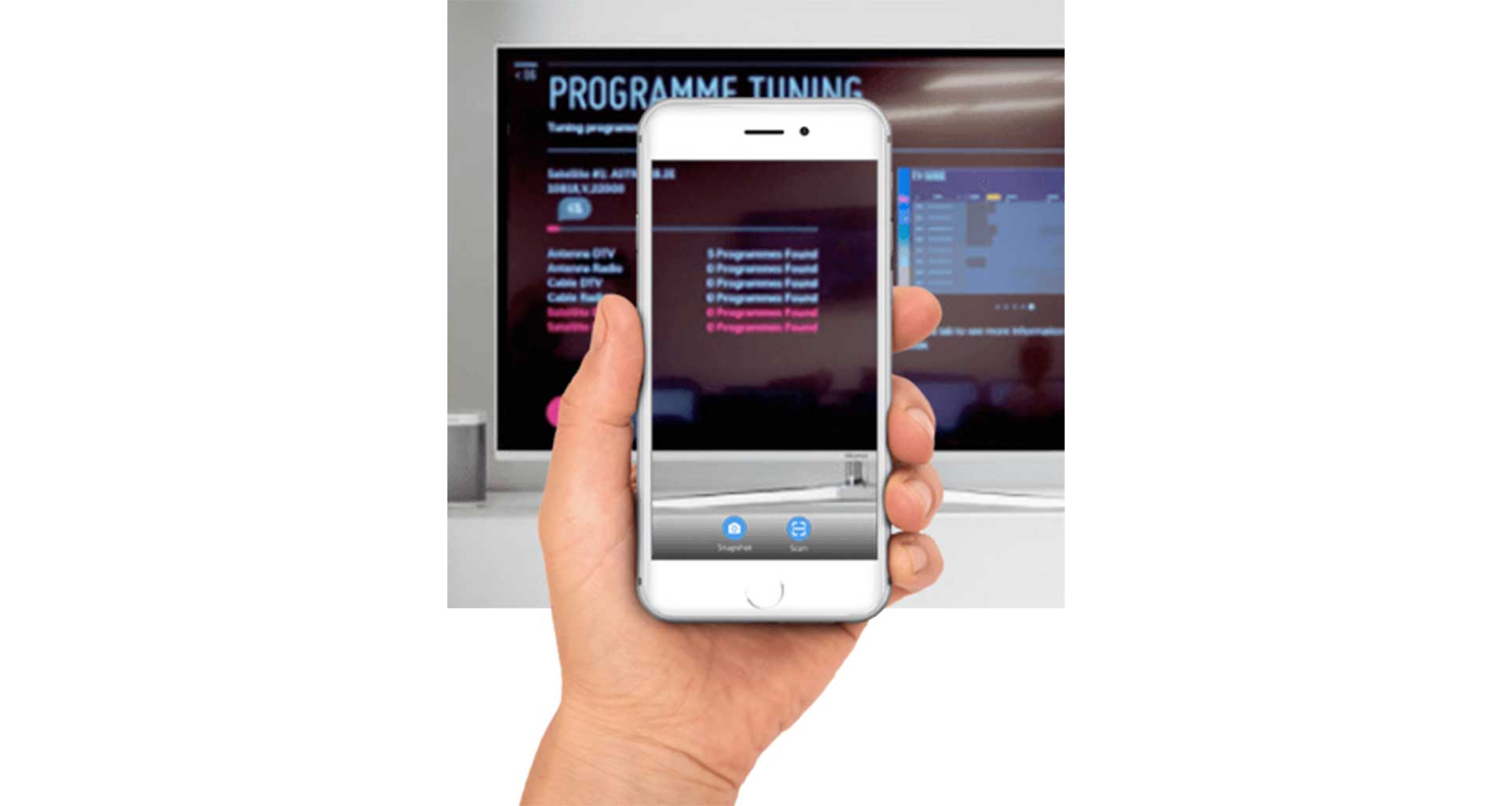Over the last two years, I’ve been helping companies lower their tech dispatch rates by implementing TechSee’s Visual Support system within large call centers. We start by working with the call center to identify initial use cases where agents would benefit from visual support. In the course of our work, we’ve made some eye opening discoveries about No Fault Found dispatches, situations when a field service technician is dispatched but the service call is easily resolved, often in less than five minutes. We noticed that an NFF rate is often driven by a short-list of technically simple issues that are difficult for the customer to describe or challenging for the agent to identify and resolve without a clear picture of what the customer is actually seeing.
In one recent case, one of our telecom customers determined that lowering their Technician Dispatch Rate was a critical KPI. We found that the most common reason for their tech dispatches was a no-sync problem, where the customer calls in to report a lack of Internet connection. According to call center protocol, the agent was to verify the lack of connection (using their internal monitoring systems) and then open a work order for the tech dispatch.
We deployed Visual Support in this telecom’s call center and added an extra step to this process. Agents were now required to open a Visual Support session every time a no-sync call came into the center. Customers were then able to easily share live video and images of the modem, the cabling at the back of the modem, and the connection to the wall socket, enabling the agents to actually see the problem with their own eyes.
Within a few weeks we identified a clear pattern. In a large percentage of those cases, the problem was caused by the use of two connected splitters (filters). Armed with this knowledge, remote resolution was easy and quick, as simply having the customer remove one of the filters caused the connection to be immediately re-established. Of course, we were able to reduce the dispatch rate. But more strategically, this outcome enabled the telecom to realize that their number one reason for tech dispatches was actually an NFF dispatch, which could now be eliminated altogether at a significant cost savings.
This telecom is not alone. In our experience, NFF dispatches are one of the most wasteful areas in every service organization . While they differ by industry, the most common reasons for NFF tech dispatches are failure during self-installation and setup, incorrect cabling, device reset and configuration, and wall socket-related problems.
Our experience indicates that the NFF rate stands at 17-20%, yet this number is difficult to substantiate. Technicians often under-report NFFs and utilize the time they saved to increase their personal time or inflate their efficiency rates.
Improve remote resolution to optimize Field Service productivity
While speedy remote resolution is the goal of every call center, poor customer/agent communication often leads to misidentification of the problem source, or failure to clarify the steps needed for the customer to self-execute the solution. These basic communication breakdowns end up costing billions of dollars annually on a global scale.
To prevent unnecessary NFF tech dispatches, two improvements must be implemented by the customer service rep:
1. Better diagnostics of the customer’s issues must be performed
2. Better communication and guidance must be provided
Improving on both fronts will ensure a higher remote resolution rate and a significant drop in the NFF rate. These enhancements can be achieved by clearly identifying your most common NFF issues, implementing a robust knowledge management system, improving customer service training, and employing visual support, which enables the agent to see the problem and visually guide the customer to self-resolve it.
In fact, any steps companies take to minimize their NFFs will have a positive effect on their bottom line. As an example, consider a company that dispatches field technicians to perform 1000 tasks per day, with a $250 cost per truck roll. Based on 252 working days per year, the company will spend $63 million annually on field service calls. At a 17% NFF rate or $10.7 million per year, these organizations have a significant cost saving opportunity.
What steps does your organization take to reduce NFF dispatches?






